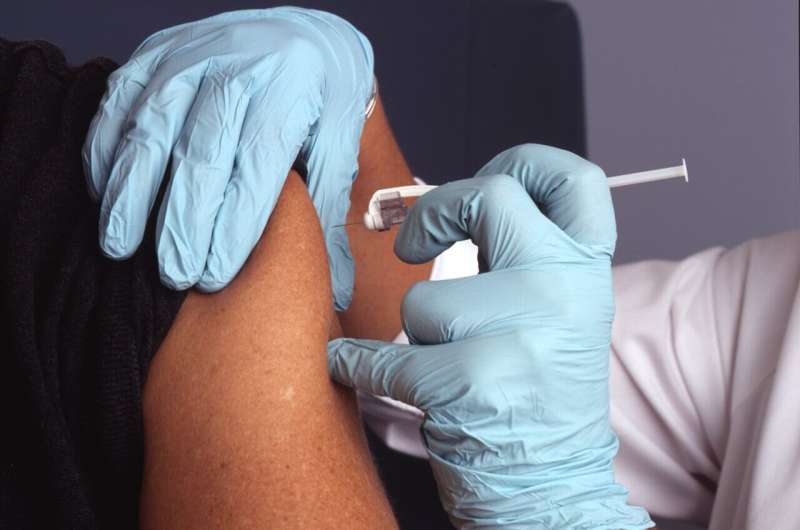Flu vax rates for Victorian health care workers dropped in 2021

A decrease in the rates of influenza vaccination among health care and aged care workers in 2021 means the provision of planning and support to achieve very high influenza vaccination uptake this year is critical, according to research published today by the Medical Journal of Australia.
A study conducted by Dr. Lin-li Lim, an infectious diseases physician at the Victorian Healthcare Associated Surveillance System at the Peter Doherty Institute for Infection and Immunity, and colleagues found that the influenza vaccination rate in acute health care facilities staff rose from 83.2% in 2018 to 93.0% in 2020, but fell to 77.4% in 2021.
“In residential aged care services (RACS), it rose from 86.9% in 2018 to 98.9% in 2020, but fell to 88.1% in 2021,” Lim and colleagues reported.
“The proportion of staff who declined vaccination was larger in 2021 than in 2020, but smaller than in 2018 or 2019. The proportion of acute health care facility staff with undeclared vaccination status increased from 4.1% in 2020 to 18.3% in 2021.”
Lim and colleagues said there may be several reasons why the rates dropped in 2021.
“It is likely that influenza vaccination uptake by health and aged care workers declined in Victoria during 2021 because the focus on COVID-19 risk mitigation activities, including the COVID-19 vaccination program, affected staff influenza vaccination program activities, including workplace and after hours vaccination, and influenza vaccination promotion and reminders,” they wrote.
“Mobile carts may have been prohibited by COVID-19-related restrictions. Moreover, the low community prevalence of influenza during 2020 and 2021 may have led to complacency about vaccination.”
The influenza vaccination target for health care facility staff was set at 75% in 2014, and incrementally raised to 92% in 2021; influenza vaccination of RACS staff was made mandatory throughout Australia from May 2020.
“If influenza activity increases in Australia during the 2022 winter, as is expected, it could significantly affect staff and result in health care-associated influenza infections,” Lim and colleagues concluded.
Source: Read Full Article
